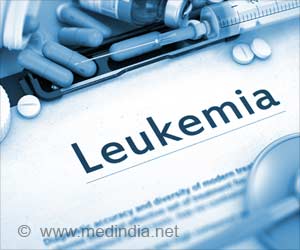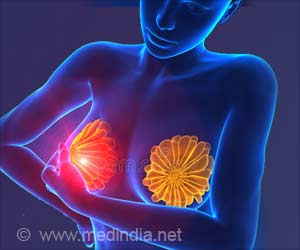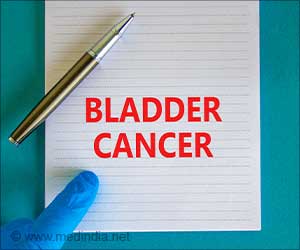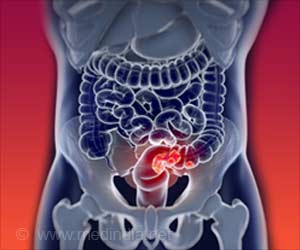In the ACS journal Molecular Pharmaceutics, scientists have expressed hope that the Lance Armstrong effect could be a new weapon to fight cancer cells that develop resistance
In the ACS journal
Molecular Pharmaceutics, scientists have expressed hope that the "Lance Armstrong effect" could be a new weapon to fight cancer cells that develop resistance to conventional treatments such as chemotherapy and radiation.
Robert Getzenberg and Donald Coffey explain that many advances have occurred in the 40 years since President Nixon declared a "War on Cancer" on December 23, 1971. However, cancer remains a leading cause of death worldwide, claiming almost 8 million lives annually. Patients with some forms of cancer respond well to treatment, while others have disease that becomes resistant to every known treatment. Patients with testicular cancer have a high survival rate — more than 70 percent — even if the cancer metastasizes, or spreads. For example, Lance Armstrong, the famous cyclist, beat metastatic testicular cancer that spread to his lungs and brain, and then went on to win the Tour de France a record seven consecutive times. But patients with pancreatic cancer have only a 25 percent survival rate in the first year and a 6 percent survival rate by the fifth year after diagnosis. Why is this?
Getzenberg and Coffey realized that the microenvironment of testicular cancer cells was a little different. Testicles are usually several degrees cooler than the rest of the body, owing to their position outside the body. When cancer cells from the testicles spread to other organs, such as the lungs or brain, they encounter a warmer environment. The researchers propose that this warmth shocks the tumor cells, making them more susceptible to conventional cancer therapies, which leads to a higher survival rate among testicular cancer patients. This is the so-called "Lance Armstrong effect." The researchers describe tests now underway on nanoparticle therapies to specifically heat other types of tumors above their normal temperatures to see whether this effect holds true for non-testicular cancers.
Source-Eurekalert
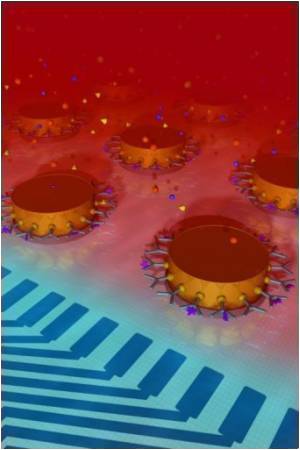
 MEDINDIA
MEDINDIA


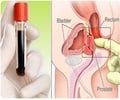
 Email
Email






